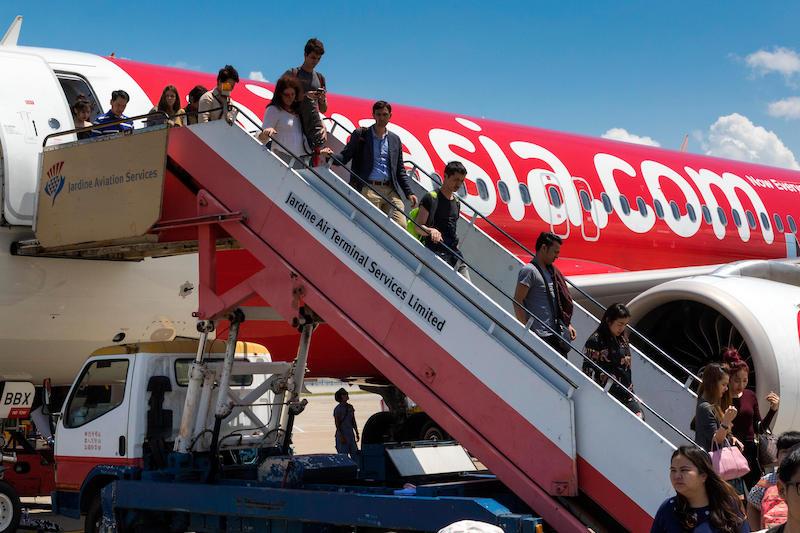
KUALA LUMPUR—The AirAsia Group is scaling back its capacity plans for the China market, as the recovery in demand from China has lost some of its early momentum.
The carrier “took a bullish view” regarding capacity deployment on Chinese routes after the country removed travel restrictions earlier this year, said Paul Carroll, AirAsia Group’s chief revenue and network officer, during the CAPA Asia Aviation Summit here on Nov. 2.
AirAsia ramped up its China capacity to 80% of 2019 levels, Carroll said. Initially, load factors on these routes were boosted to 85% by strong demand during July and August, and yields were also high.
However, these demand levels “fell off aggressively” after the peak holiday period, Carroll said. AirAsia had to “moderate down” its capacity in the China market and redeployed it elsewhere.
Although China has technically removed travel restrictions, there is “still some friction” that is impeding outbound international traffic, Carroll said. The group is hoping this is only a short-term effect.
AirAsia Group has noticed that while the peak periods have become stronger in the China market, the troughs have also become weaker. The carrier is therefore optimistic that the Chinese New Year holiday will see an improvement.
Very high travel demand in the mainland China domestic market is probably a factor in the slowdown of international travel, Carroll said. Many mainland Chinese airlines are deploying capacity domestically instead of internationally because the internal market is proving so profitable, said Vivian Cheung, chief operating officer for Hong Kong International Airport, during the CAPA conference.
Despite the short-term challenges, Carroll said China is “too big a market to not recover” eventually. He estimated it will probably be into the second half of 2024 before Chinese international demand fully recovers.
Another trend that AirAsia is noticing is that group tours from China have been particularly slow to recover in comparison to independent travelers. This could be a permanent shift in market dynamics, Carroll said.





